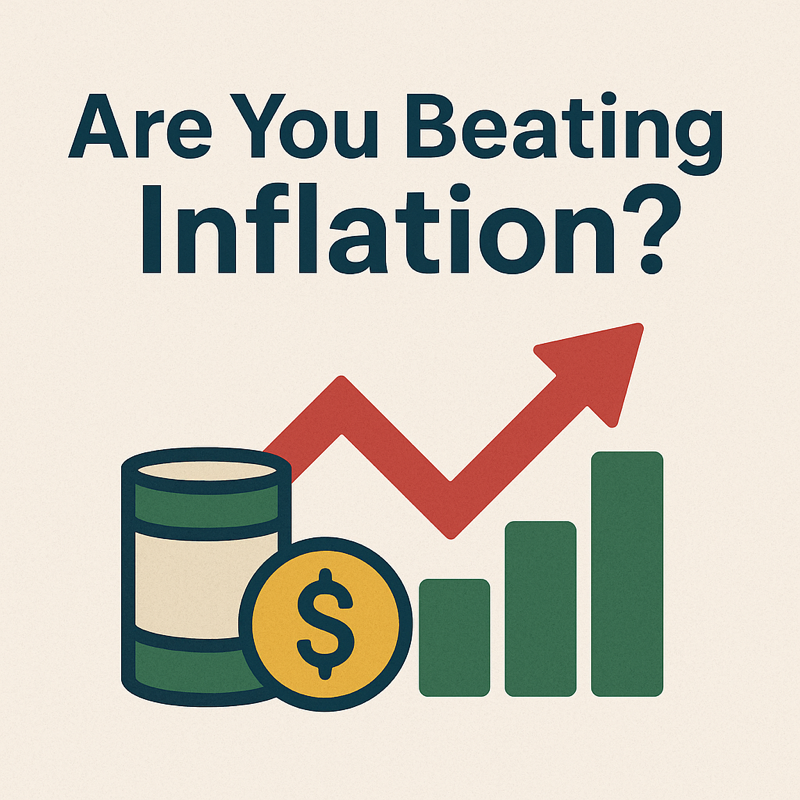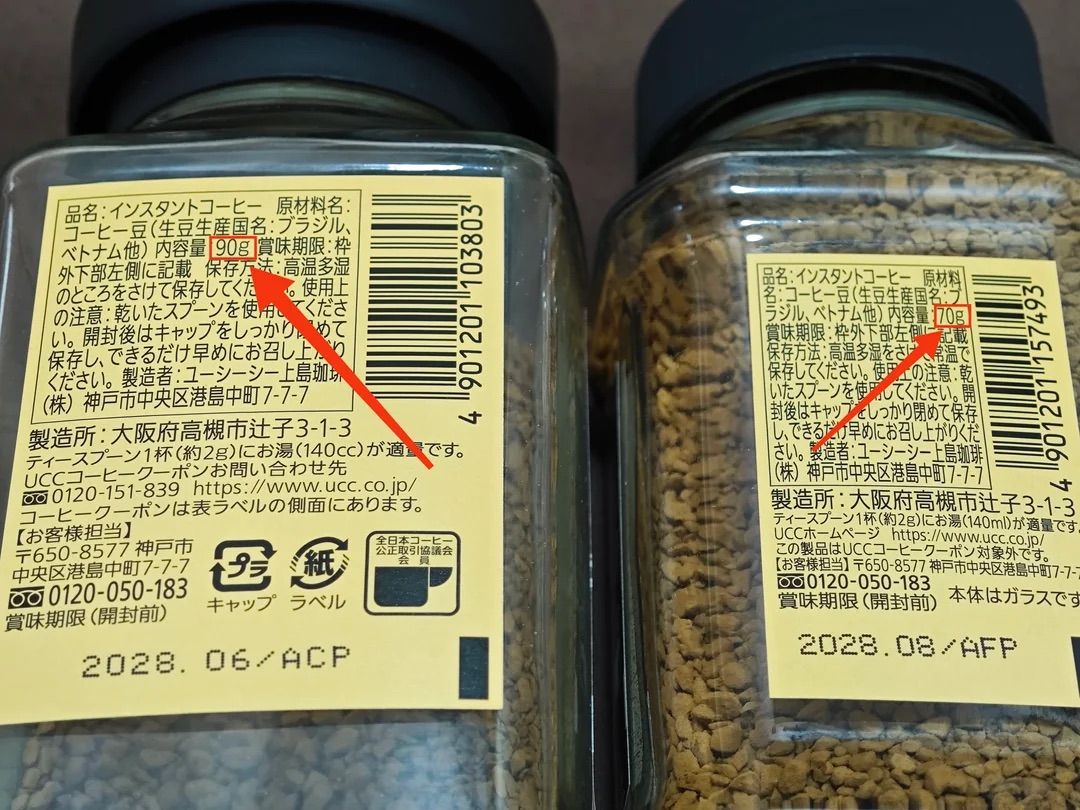
The other day I was buying some instant coffee and noticed something: the price was the same, but the size had shrunk. It used to be 90g; now it’s 70g.
Even Japan is not safe from shrinkflation.[1]

Not my photo. Someone was on Reddit complaining about the same thing.
Shrinkflation is the old corporate trick of charging more while pretending they aren’t. Instead of raising the price, they quietly reduce the amount. The bet is that most people won’t notice. Maybe that worked in the past, but awareness is higher now. Many of us are paying closer attention.[2]
Which brings me, roundabout, to inflation.

Inflation has been running hot, and it matters for anyone trying to save money. In the U.S., the Fed’s interest rate is about 4%. That’s the baseline you need to beat. If your savings account is paying less than 4%, you are effectively losing money in real terms.
High-yield savings accounts sound good at 3% or 3.5%, but if inflation is higher, you’re falling behind. The number looks nice on paper, but your purchasing power still erodes. You are still losing money!
This is why many people look to the S&P 500. The S&P tracks 500 of the largest American companies, and index funds built around it historically return about 10% per year.[3] Of course, markets swing up and down, but over the long run that’s been the average.
So if inflation is 4% and your index fund averages 10%, your real return is closer to 6%. That’s a positive spread: you’re actually beating inflation. Compare that with a “high-yield” savings account that quietly loses you money.
For the risk-averse, short-term Treasury bonds (like SGOV) can be a safer alternative. They generally keep pace with inflation and protect capital, though returns are lower than equities.
The point is simple: whatever you choose—savings, Treasuries, index funds — always compare the return against inflation. Anything below that line means your money is shrinking, just like my 90g coffee turned into 70g.
-
There is a meme that has been going around for several years about how price increases are so rare in Japan that an ice cream company in the 70s did a commercial with higherups in the company apologizing for an increase of a few yen. That may have once been true, but it hasn’t been true for many many years. Just in the past 10 I’ve watched tofu increase from ¥50 all the way up to nearly ¥200. And now that’s spread to many many more products. ↩
-
Some brands even redesign the package to hide it — deeper grooves in the peanut butter jar, thicker cardboard around the cereal box, or a taller instant-coffee can with a hollow bottom. They really go the extra mile to hide it. ↩
-
That “10% every year” is an average. Some years it’s 30%, others it’s –20%. Anyone who treats it as a guarantee is either selling you something, or hasn’t lived through 2008. ↩
❦
 |
David is an American teacher and translator lost in Japan, trying to capture the beauty of this country one photo at a time and searching for the perfect haiku. He blogs here and at laspina.org. Write him on Bluesky. |